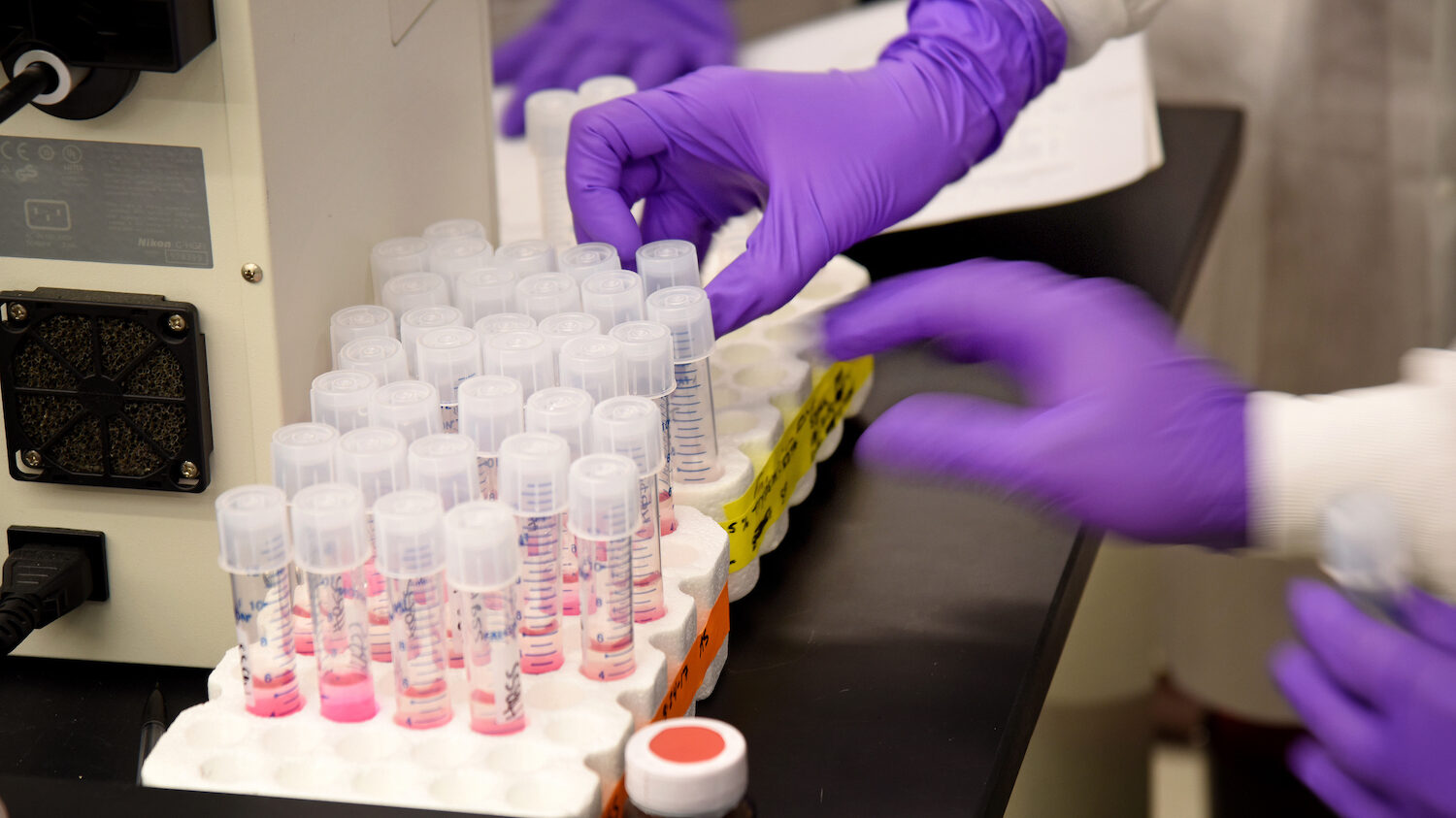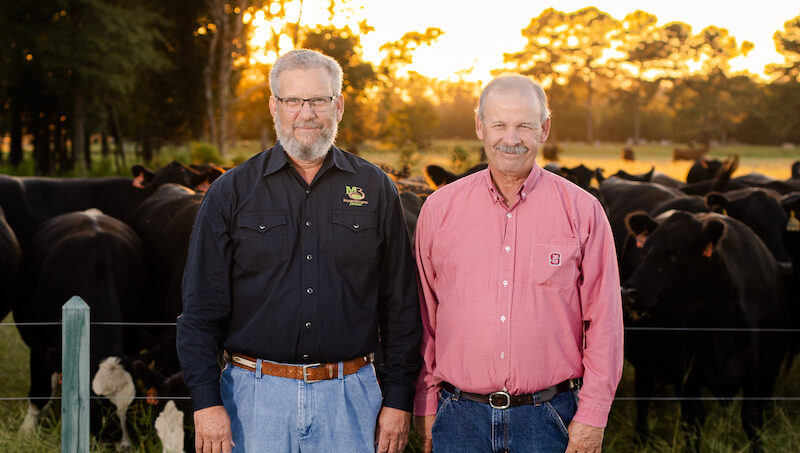A cell line is created by removing cells from an organism and growing them in an artificial environment. Cultures from a single cell can be propagated easily and repeatedly, and the genetic uniformity offers advantages that have revolutionized biological research, vaccine and antibody production, and more.
The U.S. Food and Drug Administration has approved vaccines from avian embryonic stem cells for use in veterinary and human medicine, and they are crucial in creating a wide variety of vaccines and other medical therapies, including vaccines for egg drop syndrome and influenza.
Embryonic stem cells are developed by collecting cells during the early stages of embryo development, and those cells are then grown in media to produce a continuous cell culture. One of the key characteristics of embryonic stem cells versus other stem cells is that they can grow indefinitely into any kind of tissue.
When Petitte started his Ph.D. in animal and poultry reproduction at the University of Guelph in Ontario, Canada, only mouse embryonic stem cells had been developed, but scientists were actively developing stem cells from cows, rabbits and other mammals. However, avian stem cells were not yet developed, and Petitte wanted to be the first to do so.
“I knew how the egg forms, all about the ovulation cycle and how the gametes form,” says Petitte. “And then biotechnology evolved, and so did embryonic stem cells. I was fascinated by it, and I wanted to see if that same phenomenon existed in birds.”
After years of thorough development, Petitte patented the method of developing all avian embryonic stem cells with the initial goal of using them in transgenic technology. However, companies using his licensed technology also found the cells worked well for vaccine development.
“It was discovered that avian embryonic stem cells can be infected by multiple kinds of viruses,” says Petitte. “It turns out that this is a jack-of-all-trades cell type to produce vaccines. The battery of diseases that are being targeted using avian embryonic stem cells is quite a long list.”
The first vaccine using avian stem cells was approved in Japan for egg drop syndrome, a duck adenovirus that affects layers by stopping them from laying eggs. The FDA then approved them for use in an influenza vaccine along with many other applications, including recombinant proteins, monoclonal antibodies and therapeutics.
“Multiple companies wanted to use the platform to produce their own vaccines, so the cells were licensed out,” says Petitte. “It’s been quite successful, and most people don’t realize that avian embryonic stem cells now make up a large portion of the vaccine industry.”
Using avian embryonic stem cells instead of embryonated eggs or other traditional methods holds many benefits, including avoiding egg allergies, reducing animal involvement and providing a more efficient manufacturing process.
Patenting avian embryonic stem cells was just one of Petitte’s advancements throughout his decades-long career. He also applied transgenic technology to poultry and studied poultry as a model for human disease, focusing on ovarian cancer.
“The whole poultry industry is based on biology,” Petitte says. “When you approach things as a biologist who happens to work with poultry, it broadens the impact you can have.”




